Boosting Sales by Building a Community
A Case Study on how we leveraged Gamification, Food Bloggers & Community to Rapidly introduce Online Ordering
Context
In 2015 Zomato, The largest food ordering mobile app launched its services in the UAE with the aim of taking a leadership position, as the local incumbents barring Talabat had been struggling to scale pan-emirates. The Target was to onboard a minimum of 1000 Restaurants in 4 Months to reach the minimum threshold to launch a viable operation. This meant restaurants would have to be contractually signed, their credentials vetted, their Menus digitized and their staff trained to accept and deliver orders. In addition, their bank accounts are connected to the Zomato mainframe for the reconciliation of Online payments.
While this mammoth task, only got us to the point of beginning the business, the critical question of growing Order volumes in such a short amount of time with a limited marketing budget would have to entail a creative approach on behalf of our team.


Zomato’s mission statement is “better food for more people.” Since our inception in 2010, we have grown tremendously, both in scope and scale - and emerged as India’s most trusted brand during the pandemic, along with being one of the largest hyperlocal delivery networks in the country. Today, Zomato represents a wide range of cultures through its diversified 5000+ team members, 3.5 lakh+ delivery partners, and our biggest collective of the finest restaurant partners. We are grateful that our business is able to provide upward social and economic movement for millions of households – of our delivery partners, as well as restaurant staff.
We think of all of us as one big family! Our passion is driven by purpose and we take immense pride in our initiative ‘Feeding India’, one of India’s largest not-for-profits working to ensure that nobody in India goes to bed hungry. As of now, Feeding India provides over 150,000 nutritious meals to the underprivileged every day. In April 2020, Feeding India ran one of the largest food distribution drives in the world during the first wave of COVID, and distributed 78 million meals to daily wagers across the length and breadth of the country. During the second wave of COVID-19, Feeding India was again the first to act. We were able to source over 9,000 oxygen concentrators and distributed them for free to government hospitals across the country.
This helped save millions of lives during one of the worst humanitarian crises faced by India in the recent times. We’re innovating hard to make last-mile delivery carbon neutral, to eliminate the use of plastic packaging, create meaningful opportunities in the gig economy, and to feed our country’s ever-growing appetite for high-quality, affordable, and hygienic food, one delivery at a time!
Targets at the Beginning
- Restaurant Sales: To have signed contracts with at least 2000 restaurants by the end of the year.
- To Launch Zomato Online Ordering: To successfully launch Online Ordering
- To Launch Pan UAE: To launch Operations in Dubai, Abu Dhabi & Sharjah.
The Challenges
The First Challenge: The Mobile Food Ordering Industry is still in the nascent stage in 2015
2015 was still a very nascent period for the E-Commerce and Tech sector in the UAE. The likes of Amazon and Uber had still not made their entry into the country, will local equivalents like Souq.com and Dubizzle being a handful of e-commerce operators in the region. With regard to food delivery, there were 5 incumbents of minuscule scale with Talabat being the only established and dominant player, owing to its first-mover advantage and pan-gulf presence. Hence while most restaurants are aware of the concept of signing up to an F&B marketplace like Zomato, few are convinced of its significant value addition.
The Second Challenge: Customer Education
Thus, customer education about services of this sort was also relatively nascent. Zomato had only launched its Food Delivery Business in India only 6 months prior and so the overall region wasn't accustomed yet to placing orders via a Mobile app. Customer Education would take time, demonstrations, and acceptance by the public at large to overcome the market entry barrier.
The Third Challenge: Restaurant Resistance
Running a restaurant in Dubai is a difficult ask. The rents and labor costs are on average far higher than they are elsewhere in the region, and thus margins were already under pressure. So restaurants were not very keen on Delivery where the new modus would effectively reduce walk-ins and also pay out commissions on every order to the Tech Platform.
Zomato’s Creative Meme Marketing
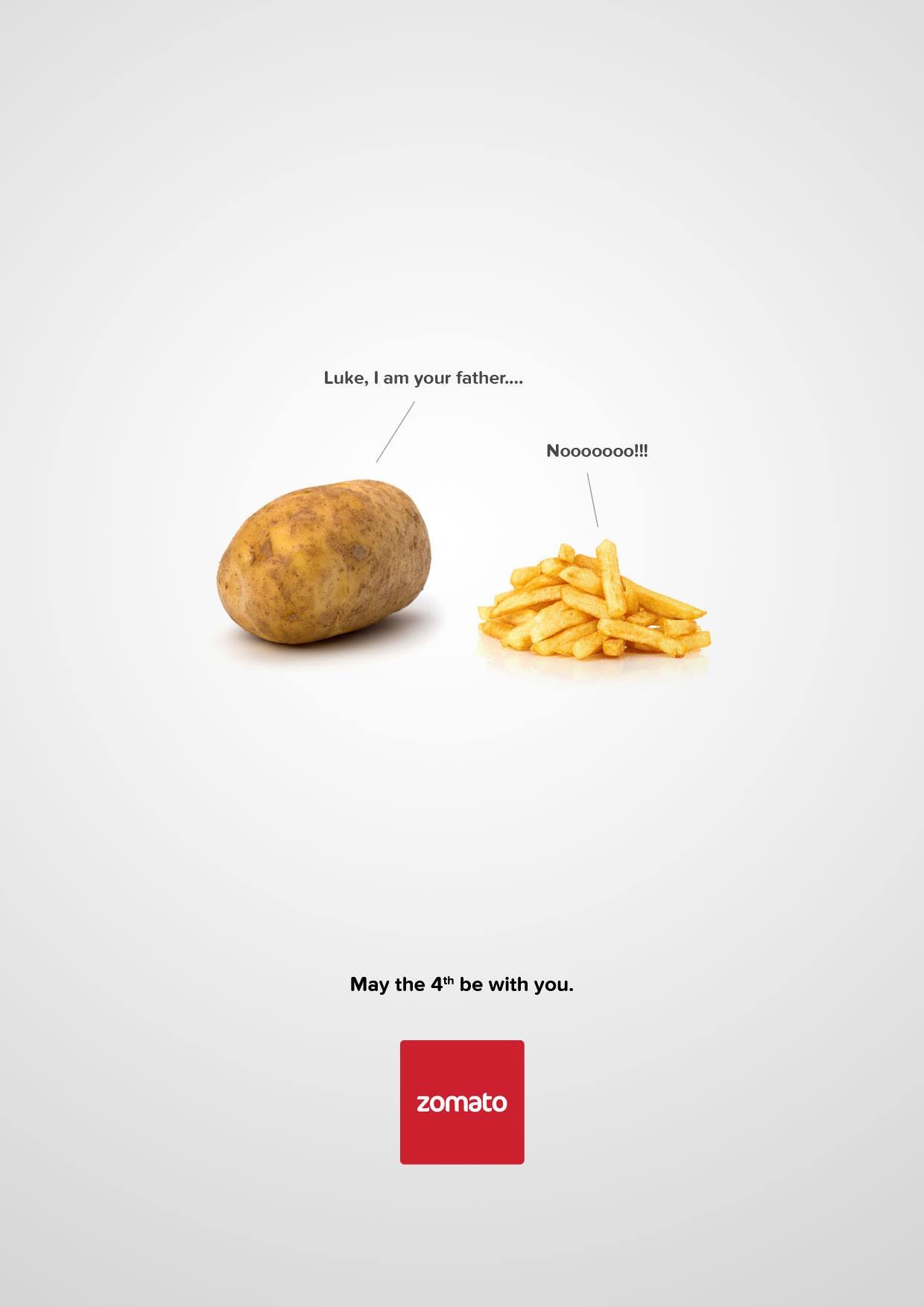
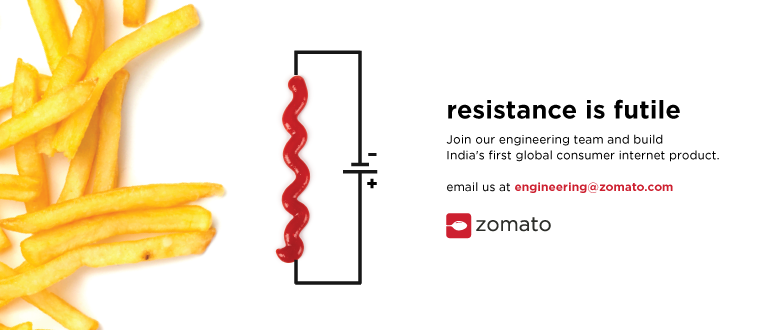
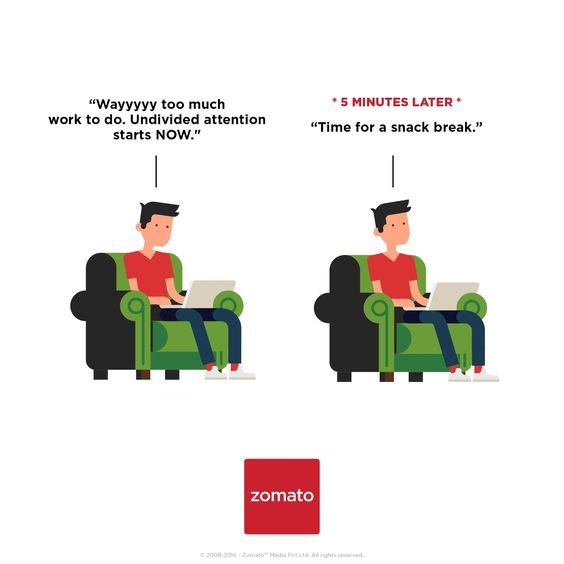
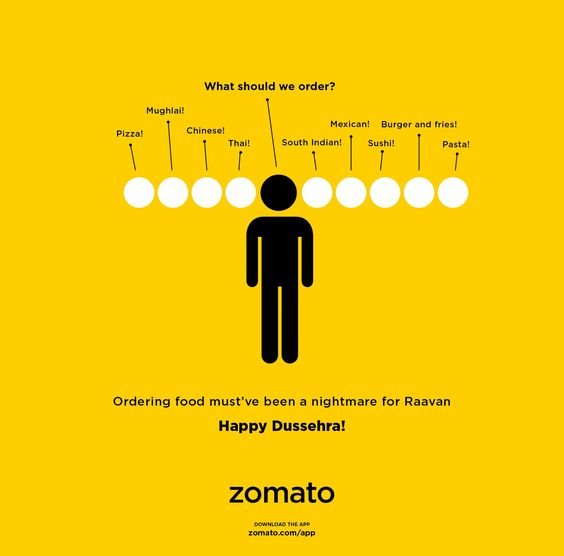
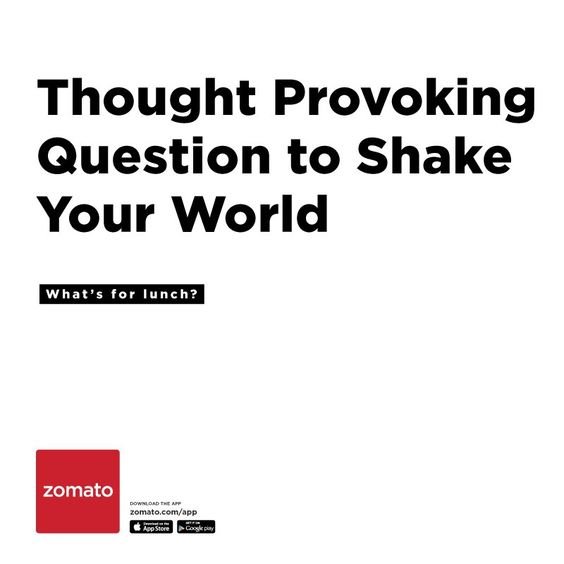
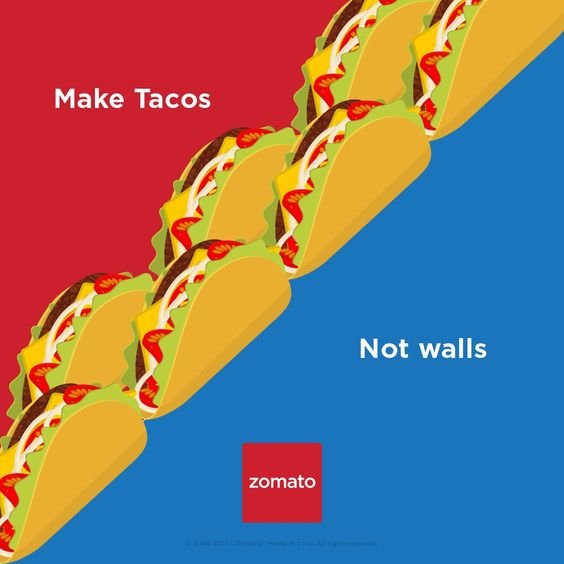
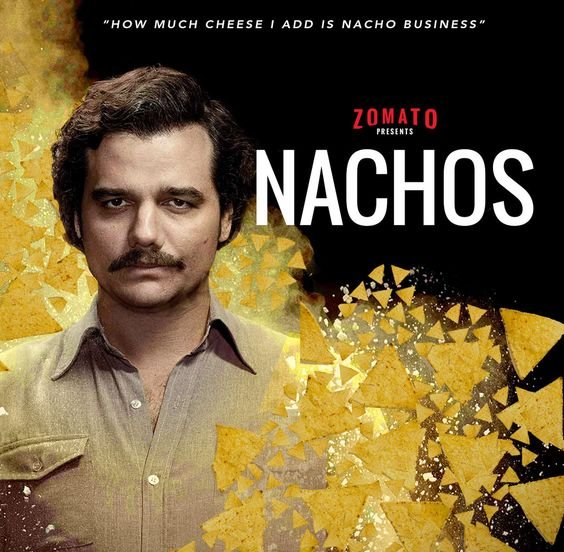
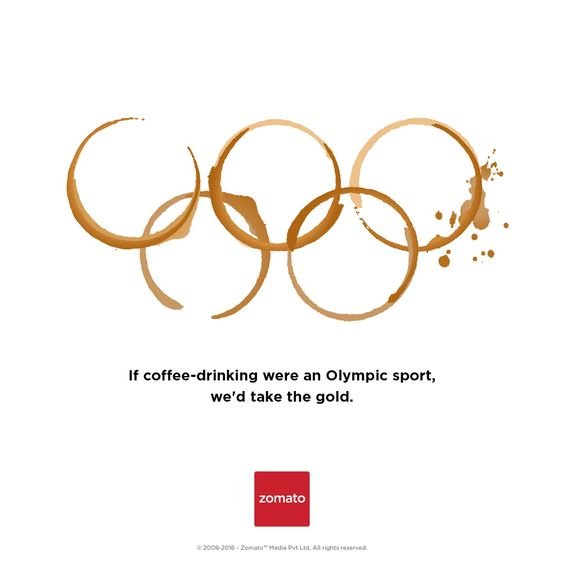

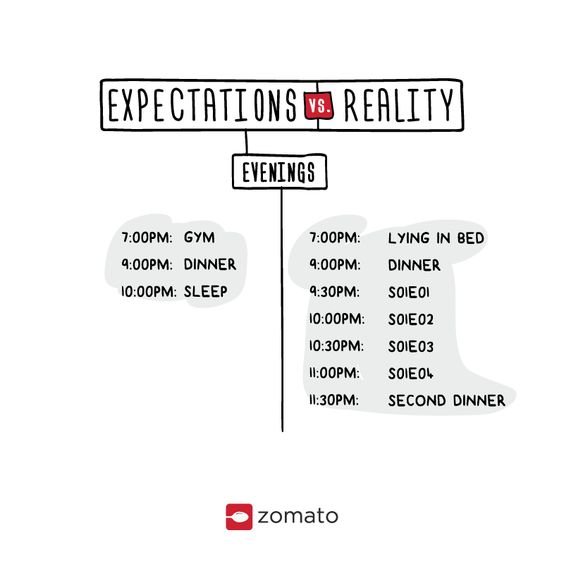
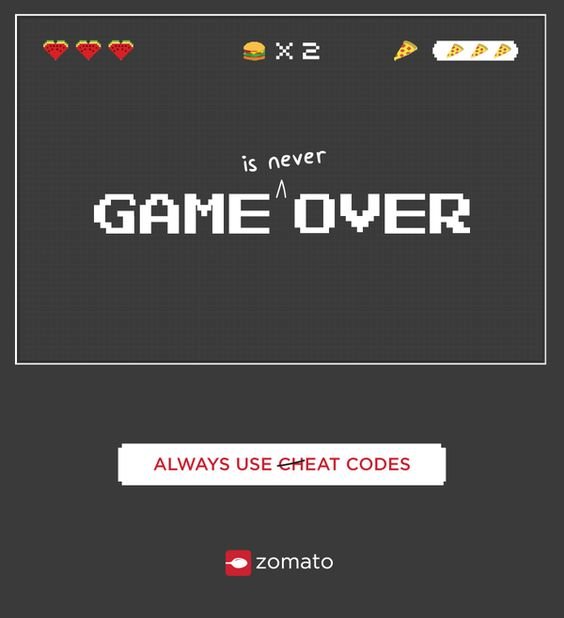

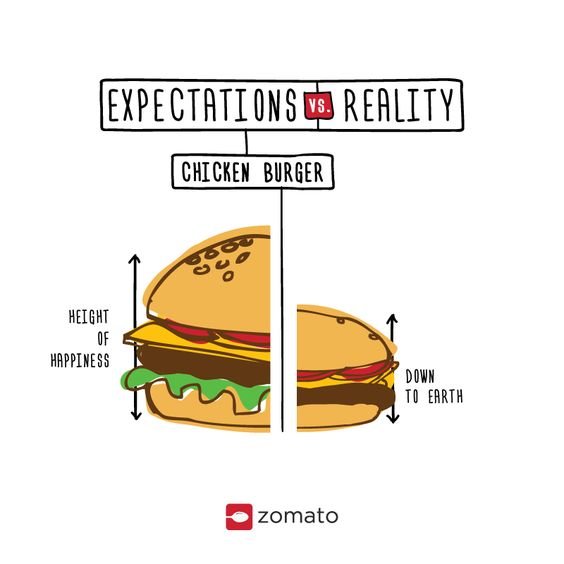
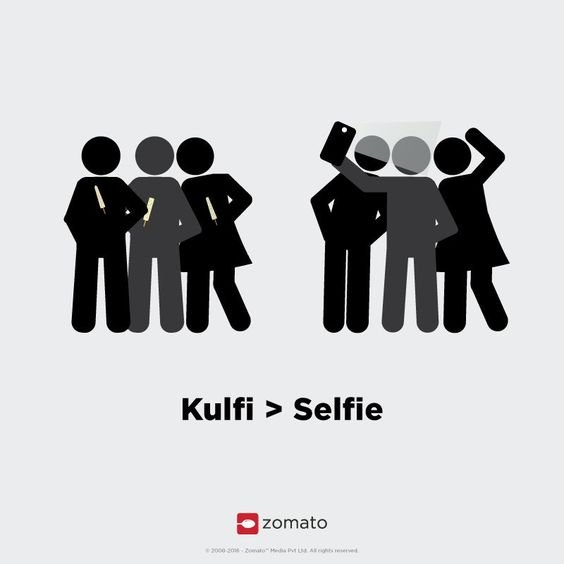
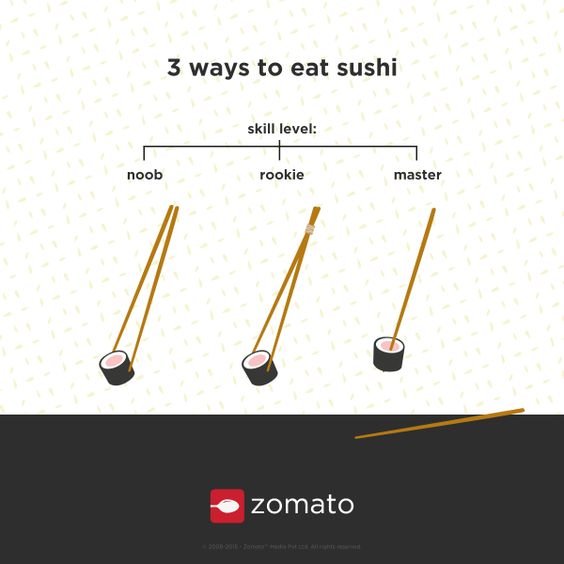

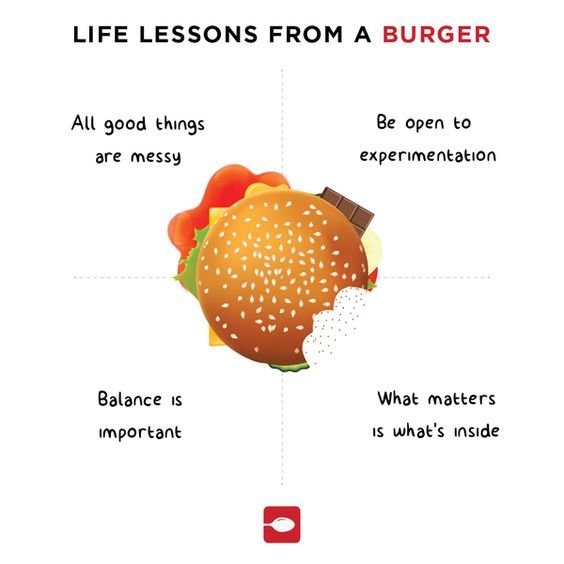


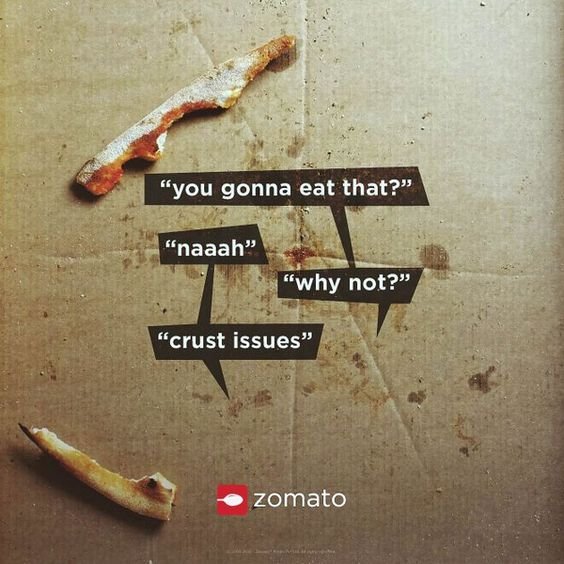

How Zomato Scaled to Market leader within a Year
The Strategy used to grow the business was highly unique and frugal one which is seldom seen among players in the region today:
- Establish a strong brand: Zomato had already built a strong Brand value and Credibility in the restaurant community by positioning itself as a restaurant listing platform offering free and fully prepared profiles to restaurants, who could claim their pages for free if they chose to do so. For restaurants, this was a welcome offering as a highly competitive restaurant industry in the UAE required a strong platform for promotion. Restaurants could if they chose wish to pay for priority listings and on-platform advertising.
- Engage with the community: Zomato's sales teams had spent years prior to the launch of Zomato Food Ordering engaging with the restaurant community through Food Conferences, Award Ceremonies and Food Blogger meets. These Below-the-line marketing activities had created a strong bond between restauranters and the platform especially as the conferences would create a platform for discussing relevant issues like pricing, government regulations, the advent of indirect taxes like VAT, and most importantly changing customer preferences and trends.
- Gamify the Customer Experience: Zomato engaged with its visitors by gamifying the customer's experience with restaurants fully leveraging the power of social media, by incentivizing customers with recognition as food critics for scrutinizing restaurants for their service and their food quality. Leveraging the social media trend of taking photos of fancy dishes, Zomato's customer base saw a rapid increase of new customers waiting to share their new restaurant experience. Many Food bloggers actually owe their status as Instagram influencers due to their initial recognition on Zomato's Social Feed.
- Spreading Word of Mouth: Thus with a brand name in the market, coupled with highly engaged customers and willing restauranters, it was far easier to onboard restaurants to accept the new Food Ordering Service.
Zomato Funnel

The Execution:
Program 1: Getting the Local Stand-alone Restaurants
The overall sales strategy was broken into 3 phases, bring on-board the stand-alone restaurants first, then target the local franchises, and then finally approach the major chains.
The reasoning behind this strategy was simple: Bring on board the Stand-alone restaurants, these restaurants were already fighting a losing battle among major brands and were now also losing ground to mid-level franchises who themselves were in a losing battle with the Global Brands. The stand-alone restaurants were in any case the largest portion of the pie and ubiquitous acceptance of Zomato O2 would strengthen their income sheets for promotions and brand recognition. Even among this category of restaurant, there were powerhouses like Wokyo- JLT, Jabal Al Noor - Karama, and Nayab Handi - Bur Dubai driving significant volumes on a daily basis. Thus acceptance of the Zomato at these restaurants would start a chain reaction of acceptance higher up the pyramid.
Program 2: Target the Mid-level Franchises
Unless a restaurant has carved up a dominant position in a particular area of a city or neighborhood, it gets harder to sustain the business as a single stand-alone restaurant. As a resident of Dubai, you've experienced this yourself, Nayab Handi and Wokyo now both have multiple franchises around Dubai and are constantly opening new branches. However, with big money involved many local franchises like Zaroob, Gazebo, Chowking, Operation Falafel, Freedom Pizza, and many more were already spread across the UAE and were indeed doing good business. The challenge here was essentially the investment already made significant investments in their own delivery apps and delivery fleets. Thus signing up with a platform like Zomato would inevitably undermine their own efforts in this regard.
Solution: To overcome this barrier, Zomato offered to White label their services for these Key Accounts at a significant discount to what it would cost the restaurants to maintain their own applications and delivery services. The offering served as a bridge between the local franchises and thus allowed further acceptance.
Program 3: Target the major chains
Targeting the major chains like Mcdonald's, KFC, Domino, and Burger king was the biggest challenge for all Food Delivery apps, and wouldn't come on board until 3 years after first launching the service. Most of the global chains were owned and operated in the region by retail powerhouses like Al Shaya, Americana, Landmark, and Apparel Group. And so there was neither a willingness nor a requirement for these chains to part ways with commissions nor was there a requirement to boost sales owing to their strong brand recall. To bring these restaurants on board the very nature of the Food Delivery business would have to undergo a major change. Platforms like Zomato, and Talabat was now facing competition from the likes of UK-based Deliveroo and US-based Uber Eats, who had made significant investments into the last-mile delivery space.
Solution: The solution to bringing onboard major global chains lay not in a creative sales strategy but in an operational change in the nature of food delivery. Applications such as Zomato, Talabat, and Deliveroo had all had to ditch the marketplace model and invest in last-mile delivery services to take full control of service SLAs like 30 min deliveries and final customer experience. Only the platforms that had invested and run an operation at scale were major brands willing to be onboarded on marketplaces.
Review: Achievements at the EoY
- Restaurant Sales: More than 2000 Restaurants Signed in First Year of Operations
- To Launch Zomato Online Ordering: Zomato Online Ordering Successfully Launched
- To Launch Pan UAE: Operations successfully launched in Dubai, Abu Dhabi, and Sharjah.
Retrospective: My Learnings
Lesson 1: War Game a Sales Strategy
For a new business pioneering a new service in a new market, spending considerable time pre-planning a sales strategy is highly advised.
Lesson 2: Build a Community Invest in Engagement
Instead of cold-calling and educating the market vendor by vendor, it strongly pays to build a community to help you spread the word and engage.
Lesson 3: Leverage the customer to boost sales
Engaging the customers as ambassadors of the services helps a great deal in spreading word of mouth and providing live demonstrations to new customers. Empower them without paid incentives.
Lesson 4: Catch the small fish first
Mass acceptance always trumps backing by a few majors. Firstly, being accepted by a few majors is in itself a major undertaking and one not so easily achieved. Spending several man-hours in the hopes of signing a premium client pays little divided unless the business driven by that single player pays much higher dividends than trying to attract mass acceptance.
Disclaimer:
The views expressed in these journals are strictly personal, with the intent of documenting the personal & professional growth of Vrishank Chandavarkar.


